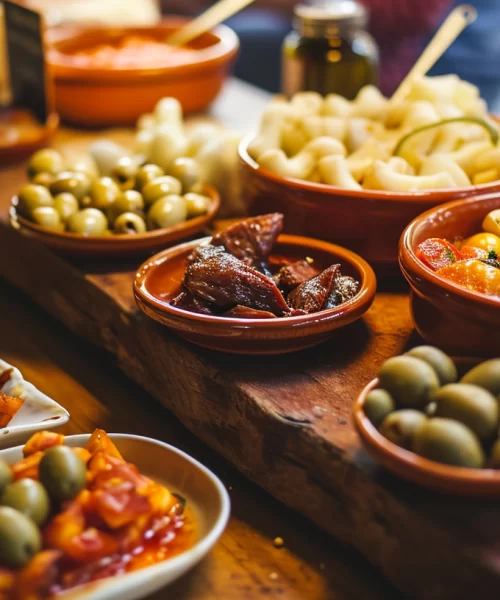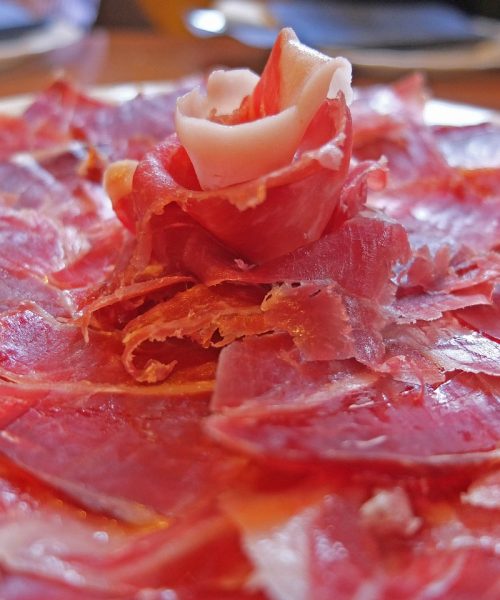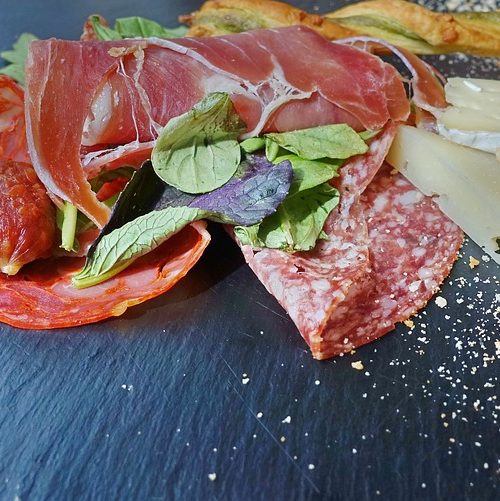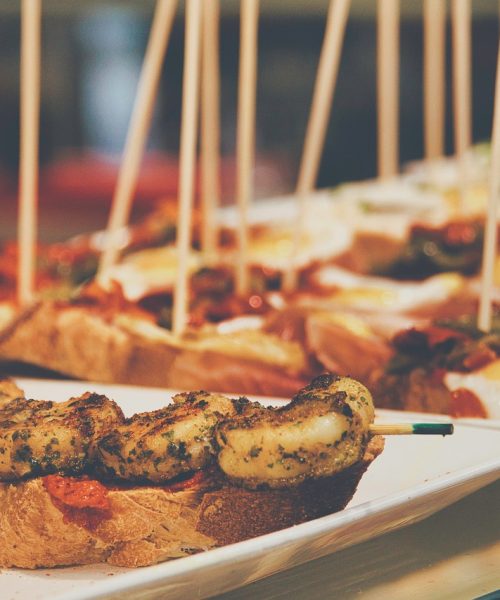There are different types of cecina or beef ham from different parts of the world, like the Italian bresaola, but none is as famous as the cecina de León.
With the chorizo pepper sausage, the Cecina de León the most famous meat product from this northern Spanish province that borders Galicia and Asturias.
In this article I will tell you all about: what is the Cecina de León, how is it made and where can you get it how to buy them.
What is Cecina de León?
Cecina de León is a beef meat product with PGI certification (“”protected, Geographical Indication””), made in the province of León in an artisanal and natural way by salting, curing and smoking the meat.
The result is a cured meat with a very characteristic aroma, an intense taste and at the same time a soft texture. Cecina de León is eaten in a similar way to prosciutto, being cut into wafer-thin slices.
Cecina de León is typically marketed whole, diced for cooking use, or vacuum-packed slices.
It is important to point out that in León there are also other types of cecina made from horse, goat or deer meat, but these cecinas cannot be called cecina de León. By law, this designation is reserved exclusively for cecina made with the meat of cattle raised in areas of the province of León.
Which cuts of cattle are used to make cecina de León used?
Cecina de León is made from hindquarters of cattle that are at least five years old and weigh at least 400 kg. 4 specific parts are used to make Cecina de León: rump, loin, back and hindquarters.
How is Cecina de León made?
The production process of Cecina de León consists of 4 main steps:
1. quartering and profiling: the master butchers prepare the back of the cow, separating the 4 main parts and removing excess fat.
2. Salting and washing: The pieces are salted for three to four days, depending on their size. The pieces are then washed with lukewarm water and left to rest at a controlled temperature for at least a month.
3. Smoking: The pieces are placed in chambers where they are smoked over oak or holm oak wood for 10-15 days.
4. Curing and Drying: Finally, the pieces are brushed with olive oil and beef lard and laid out for curing. The pieces are aged for a minimum of 7 months and 12 months for the Cecinas Reserva.





